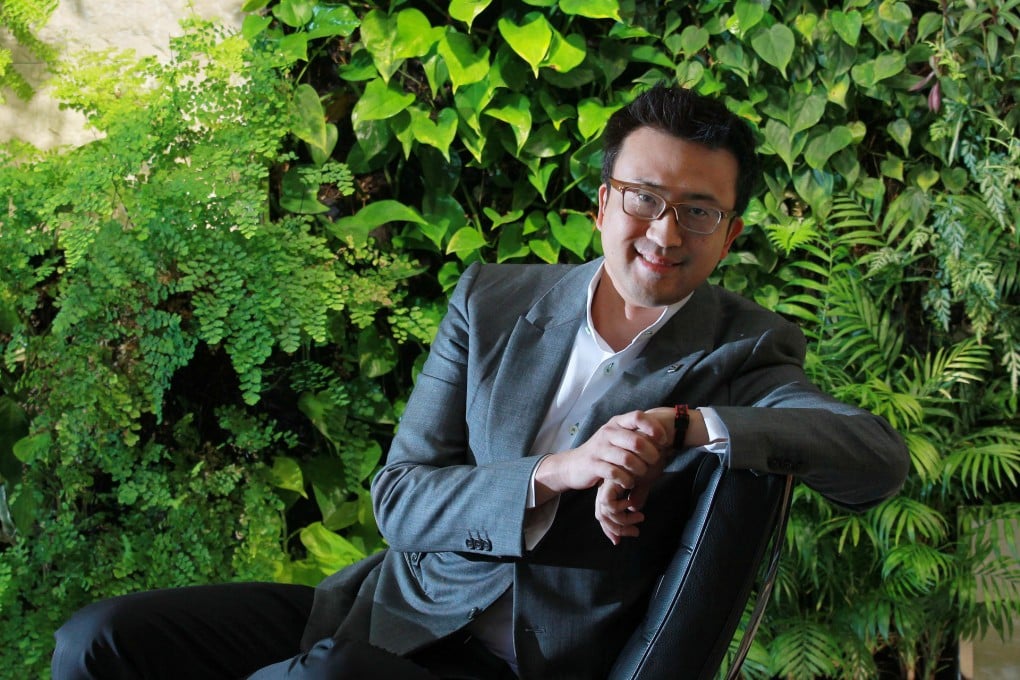Mainland China offers Hong Kong architects a stage on which to shine
The mainland market has afforded Hong Kong architects a bigger stage, but Bryant Lu of Ronald Lu & Partners, says talent could be better showcased if the city promoted its brand

Bryant Lu worked for an architectural firm in New York for two years after he graduated from Cornell University. In 2000, he decided to join Ronald Lu & Partners, founded by his father, Ronald Lu, a well-known Hong Kong architect.
A year later, Bryant led the company in expanding to the mainland. Although most major architectural firms in Hong Kong had already expanded to that market a decade earlier, the firm was busy enough in the city that it did not suffer from its delay in following suit.
Ronald Lu & Partners now has offices in Beijing, Shanghai, Guangzhou and Shenzhen. About 35 per cent of its business comes from mainland, while the rest is from Hong Kong.
Bryant Lu said designs by Hong Kong architects today are on par with those of international architects.
The mainland, with its strong economic growth and urbanisation, is offering more valuable opportunities to architects, he said.
To capture such opportunities, he said, Hong Kong should promote its own brand, which would help local talent to compete in the world.